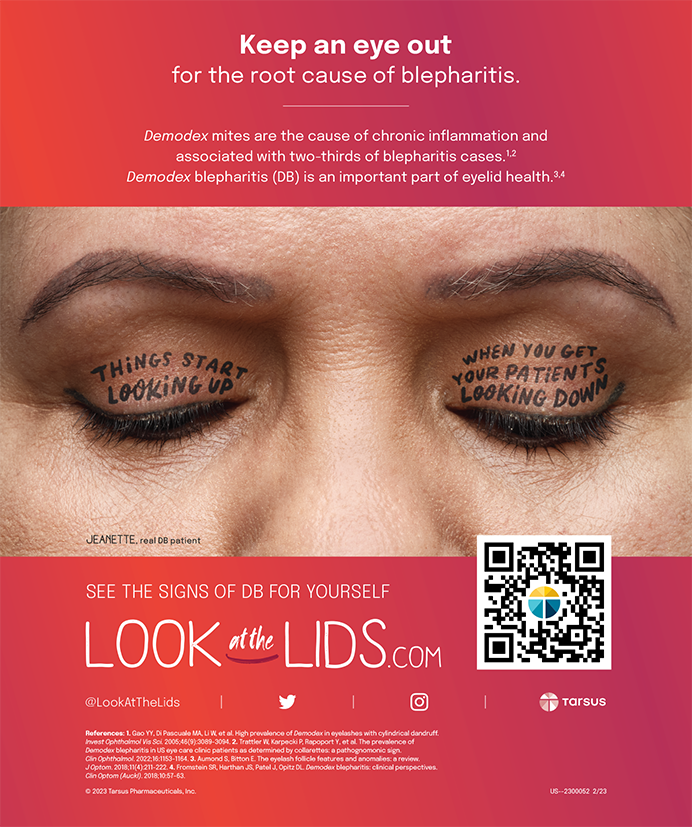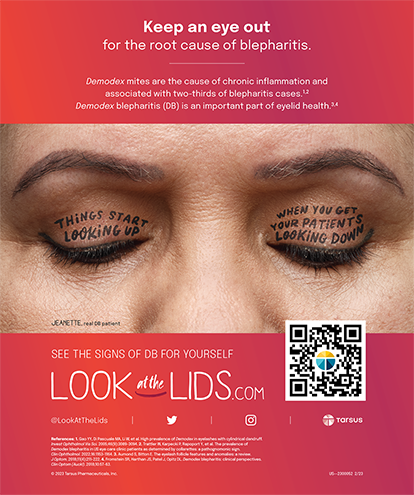
The US workforce is now primarily composed of millennials,1 people who were raised in the digital revolution and, thus, see the world digitally. To engage millennial employees, attract millennial patients, and impress potential millennial partners, physicians need to understand the digital mindset of this generation, while taking note of the growing digital leanings of older patients, too.
SMARTPHONES
More than 85% of millennials own a smartphone,2 and 18- to 29-year-olds send or receive, on average, 88 text messages daily.3 People aged 30 to 49 send or receive about 27 text messages daily, and those aged 50 to 64 send or receive about 11 each day. Text messaging breaks through clutter, whereas email does not: 98% of text messages are opened4 compared with just 23% of emails.5
AT A GLANCE
• To engage millennial employees, attract millennial patients, and impress potential millennial partners, physicians need to understand the digital mindset of this generation, while taking note of the growing digital leanings of older patients, too.
• Patients are increasingly using smartphones to communicate. Text messaging breaks through the clutter, whereas email does not: 98% of text messages are opened compared with just 23% of emails.
• A growing number of patients would like to use a portal to schedule appointments, access/review medical records/test results, ask a question, request a prescription refill, and request a referral. Portals are convenient for patients and save office staff time.
Smartphones are now a mainstay for millennial learners, with 59% of medical students and 77% of residents in Canada reporting using a smartphone more than once a day to access medical resources online, with the most popular apps being UpToDate (UpToDate), Epocrates (Epocrates), and Medscape (WebMD).6
ELECTRONIC HEALTH RECORDS
Millennial physicians were raised in the age of computers. They learned both to type and write cursive (a skill that is not required by Common Core State Standards). Most of these doctors have never written a patient progress note by hand, and despite their predecessors’ reminiscing about “the good old days” of paper charts, many millennials would prefer to type their notes. Although it is still too early to tell, it seems fair to speculate that millennial physicians may hasten the adoption of electronic health records, because many young physicians (myself included) specifically seek training programs and practice settings with an established electronic health record system.
PATIENT PORTALS
This generation may increase the adoption of patient portals, because 43% of millennials want to be able to access patient portals using their smartphones, 44% would like to use portals to obtain personalized health-related recommendations, and 23% would like industry news about health topics of interest to them.7 Finally, more than 70% of millennials would like their physician to use mobile devices to review health records and schedule appointments.8
The interest in patient portals, however, is not limited to millennials. A study found that 83% of people aged 55 to 64 already communicate or would like to communicate with their physicians through a portal to schedule appointments (70%), access/review medical records/test results (64%), ask a question (60%), request a prescription refill (58%), and request a referral (40%).7 Patient portals also decrease the administrative burden on office staff by reducing phone calls and automating some tasks.
Why, then, aren’t more patients using these portals? First, they might not know the option is available. About one-third of patients surveyed by Xerox said they were unaware that their physician offered a portal. Others may find the portal to be cumbersome.7 Good advice for practices is to avoid clunky interfaces and complicated logins that make the portal difficult to use. Patients want convenience without feeling like a number, so it is important to strive for customization and add high-quality, engaging educational material such as videos.9
CONCLUSION
Patients across generations are embracing digital solutions for everything from the way they shop to the way they travel. To stay relevant and competitive, ophthalmic practices must offer digital solutions to educate patients and simplify how they care for their eyes.
1. Fry R. Millennials surpass Gen Xers as the largest generation in U.S. labor force. Pew Research Center. http://pewrsr.ch/2kUrCdg. Published May 11, 2015. Accessed April 10, 2016.2. Mobile millennials: over 85% of Generation Y owns smartphones. Nielsen. http://bit.ly/2msDWO8. Published September 5, 2014. Accessed April 10, 2016.3. Smith A. How Americans use text messaging. Pew Research Center. http://bit.ly/2msDWO8. Published September 19, 2011. Accessed April 10, 2016.4. Big data: profiling your mobile customers. http://bit.ly/2msT4ep. Accessed April 10, 2016.5. Email communications strategy. Smart Insights. http://bit.ly/2lDdAd5. Accessed April 10, 2016.6. Boruff JT, Storie D. Mobile devices in medicine: a survey of how medical students, residents, and faculty use smartphones. J Med Libr Assoc. 2014;102(1):22-30.7. Annual Xerox EHR survey: Americans open to viewing test results, handling healthcare online. Xerox. http://xerox.bz/2lA5SBZ. Accessed April 12, 2016.8. How digital do millennials want their doctors? eMarketer. http://bit.ly/2lRLT2L. Published February 24, 2015. Accessed April 17, 2016.
9. Gopal S. How to make the most of a patient portal. http://bit.ly/2lCY6px. Published September 11, 2014. Accessed February 22, 2017.




